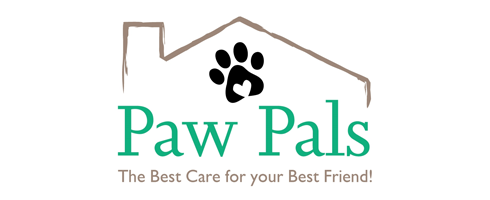As the leaves change colors and temperatures drop, it’s crucial to consider the well-being of our beloved pets during the fall and winter seasons. Colder weather, holiday festivities, and seasonal hazards can pose challenges to our furry companions.
In this comprehensive guide, we’ll explore the steps you can take to ensure your pet’s health, happiness, and safety throughout the autumn and winter months.
Seasonal Hazards and Precautions
Cold weather risks
The plummeting temperatures of fall and winter can put our pets at risk for frostbite and hypothermia. It’s essential to understand the signs and symptoms of these conditions and take measures to keep your pets warm. Additionally, antifreeze poisoning is a significant concern, so pet owners should be vigilant about keeping it out of reach.
Holiday Hazards
The holiday season brings festivities and feasts, but it can also introduce toxic foods and decorations into our homes. Familiarize yourself with common holiday hazards, including harmful foods like chocolate and certain fruits, as well as the dangers of tinsel and ornaments if ingested by your pets. Also, explore how to keep your pet safe while decorating for the holidays and consider pet-safe ice melt and salt to protect their paws during walks.
Seasonal Nutrition and Exercise
Adjusting your pet’s diet
Colder months may require adjustments to your pet’s diet. Consult with your veterinarian to ensure they receive the proper nutrition for their needs. Indoor and outdoor pets may have different requirements, so understanding these variations is crucial for their health.
Exercise routines for colder weather
Maintaining an exercise routine for your pet during fall and winter is vital. While outdoor activities are still possible, consider the use of pet-safe winter clothing and accessories to protect your furry friend from the elements. Additionally, embrace indoor playtime to provide physical and mental stimulation while staying cozy.
Grooming and Skin Care
Coat care
Pets may experience changes in their fur during the cooler months, so it’s essential to manage shedding and prevent dry skin. Proper grooming and moisturization can help your pet stay comfortable and healthy.
Paw care
Your pet’s paws are sensitive to cold weather, salt, and ice. Learn how to protect their paws from these elements and maintain the health of their paw pads through moisturizing.
Bathing frequency and products
Discover the appropriate bathing frequency for your pet in cold weather and choose grooming products that are gentle on their skin. This is especially important for breeds with skin conditions.
Preparing for Emergencies
First-aid kits for pets
Having a pet first-aid kit on hand is crucial. Learn which essential items to include and how to use them in case of an emergency.
Understanding cold-weather-related health issues
Recognize the signs of cold-weather-related health issues such as frostbite and hypothermia, and understand when it’s time to consult a veterinarian.
Creating a pet emergency plan
Ensure you have an emergency plan in place. This should include the contact information for your veterinarian and local emergency clinics and tips on how to transport your pet safely in case of an urgent situation.
Behavioral and Mental Health
Seasonal affective disorder in pets
Like humans, pets can experience seasonal affective disorder during the darker months. Explore the signs and ways to alleviate it.
Providing mental stimulation
Keeping your pet mentally engaged is vital for their overall well-being. Learn about indoor games, puzzles, and socialization with other pets as strategies to combat boredom and anxiety.
Recognizing signs of stress and anxiety
The fall and winter seasons can be stressful for pets. Understand common triggers and strategies to manage pet anxiety effectively.
Vaccinations and Preventative Care
Seasonal vaccinations and boosters
Make sure your pet’s vaccinations are up to date and consult with your vet about any seasonal boosters that may be required.
Preventing common winter illnesses
Learn about common winter illnesses like canine influenza and kennel cough and what you can do to prevent them. Remember flea and tick prevention even in colder weather.
Reach Out to Northern Virginia Pet Sitting Professionals
Ensuring your pet’s health and happiness during the fall and winter seasons involves being aware of seasonal hazards, adjusting their nutrition and exercise routines, maintaining grooming and skin care, preparing for emergencies, addressing their behavioral and mental health needs, and staying up-to-date with vaccinations and preventative care.
Be sure to have a qualified, certified pet sitter who knows the ins and outs of pet health when you go away this holiday season. Get in touch with Northern Virginia’s top pet sitters to schedule your holiday pet sitter today.


